Mission Madagascar with Helpsimus : ecotourism as a driver of sustainable development (Part IV)
"The location where Helpsimus has been developing its conservation activities in Madagascar is home to an exceptional flora and fauna: five species of lemurs several of which being exclusively nocturnal, small carnivores (ring-tailed mongooses, rodents), various species of birds (Madagascar long-eared owl, blue coua...), amphibians, reptiles (snakes, geckos...). If the greater bamboo lemurs are mainly observed in the bamboo forests which represent more than 90% of their diet, the other species rather evolve in remnant primary and secondary forest fragments that are managed and protected by village associations whose creation was supported by Helpsimus.
Among these is the forest of Ankolona located near the village of Sahofika and the main road. That is where Helpsimus is seeking to set up its ecotourism project. I visited Ankolona forest on several occasions during my previous mission on Helpsimus’ conservation site but this year I’ve been lucky enough to encounter a multitude of animals thanks to the habituation work done by Helpsimus' teams: the red-bellied lemurs’ family, one of the largest group of greater bamboo lemurs (composed of 70 individuals!), a Madagascar tree boa, a female Madagascar long-eared owl, leaf-tailed geckos... This place is really incredible!
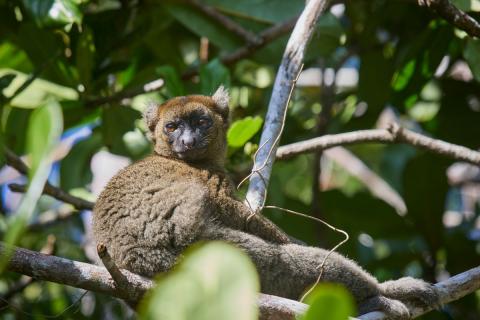
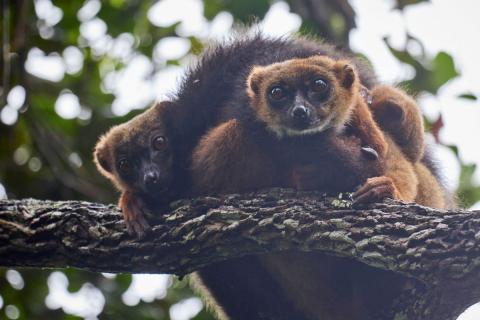
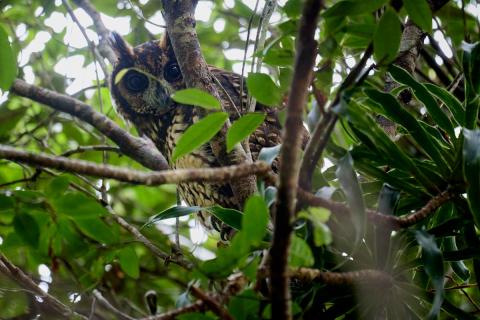
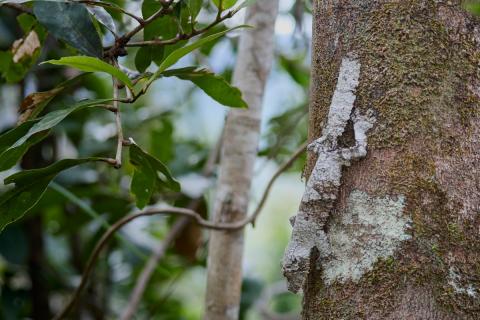
Helpsimus has commissioned again Maryline André who has been working on the identification of greater bamboo lemurs and the implementation of the paddy fields’ guarding during her former missions, to train the three tourist guides responsible for accompanying the future ecotourists to Ankolona forest. As for me, I have prepared information that the guides will have to memorize and deliver to the visitors during their visit to the forest: information on the animal and plant species that can be seen in the forest as well as the rules to follow before and during the visit.
Training sessions are organized each day at the Helpsimus’ camp in the village of Sahofika: Maryline makes the guides repeat and repeat again! They also have to practice their French learned a few months earlier thanks to courses given at the camp. “Test” visits to the forest are also organized: I play the role of a tourist whom the guides must accompany. These practical simulations have been a real learning experience but have also often ended up by non-stop laughter!
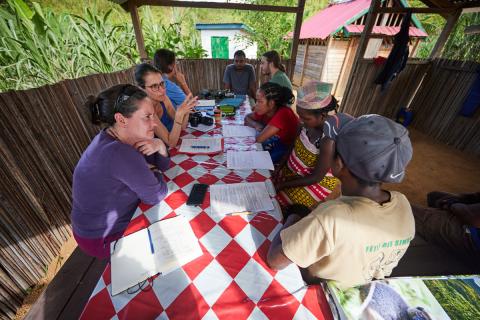
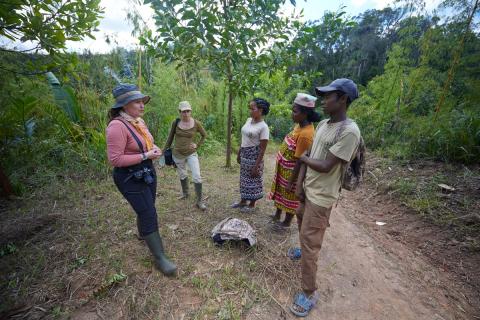
© Florence Perroux
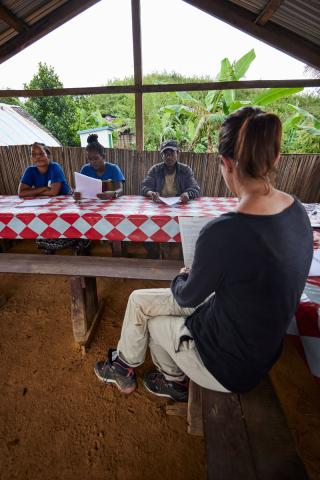
© Sébastien Meys
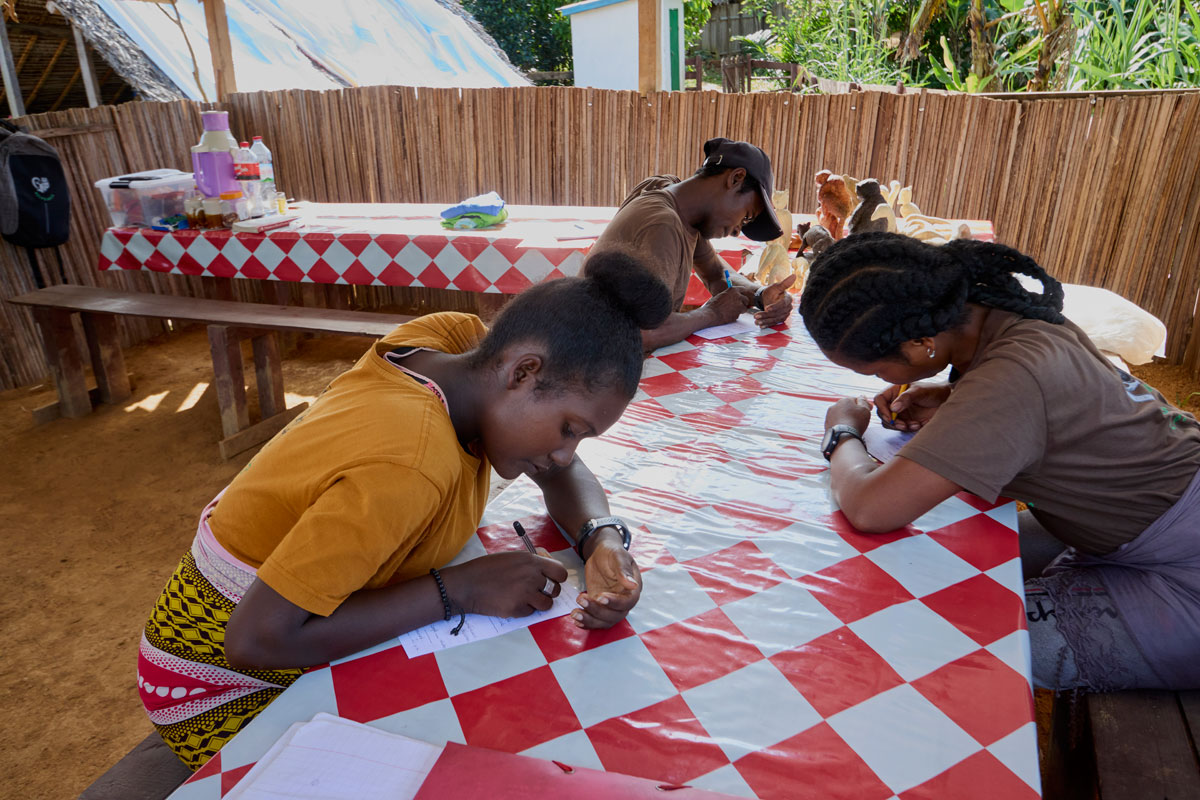
We have also installed the first information panels inside the reception office where visitors will learn more about the animals living into the forest, the mission of Helpsimus and the activities it carries out to protect lemurs and support the sustainable development of local communities.
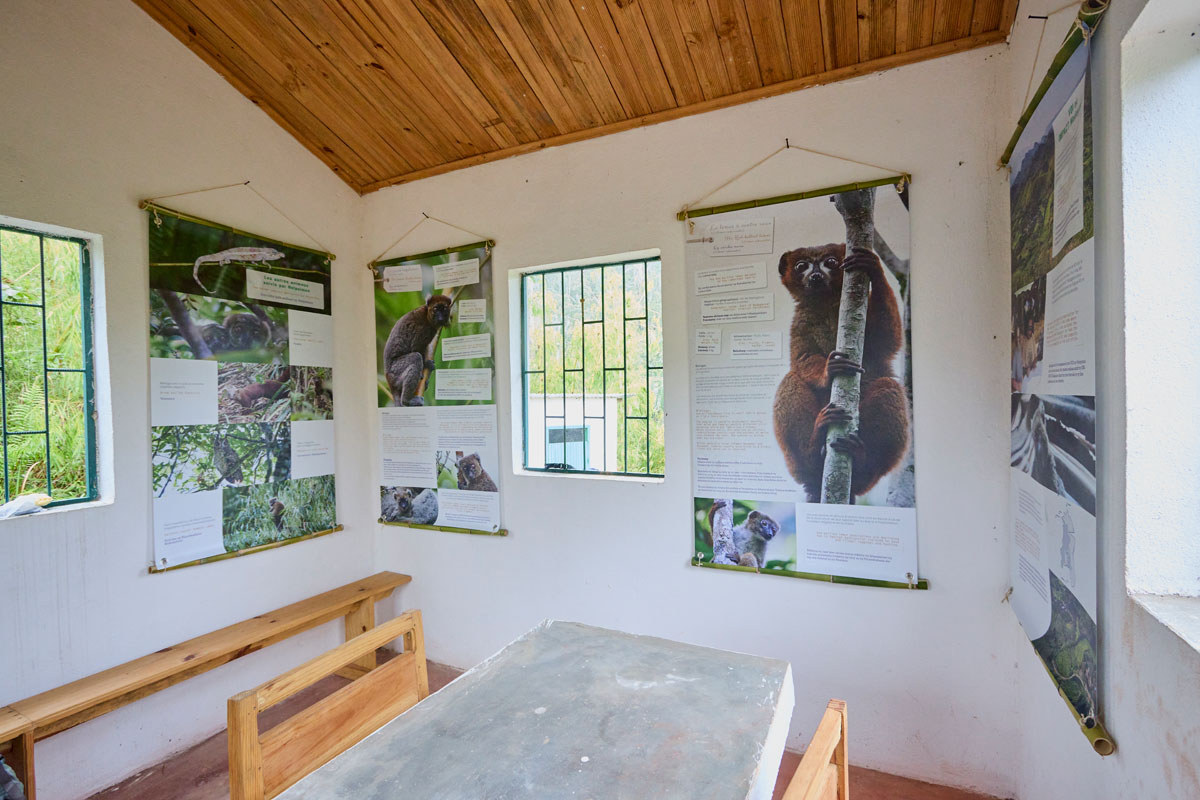
This project of ecotourism is both a source of hope and a driver of development: in addition to preserving the lemurs' habitat and creating direct jobs, it will generate new income for the village association who is responsible for managing the forest. A way of showing that the protection of nature and wildlife is not an obstacle to the local economy, nor to the development of local populations."
Florence Perroux